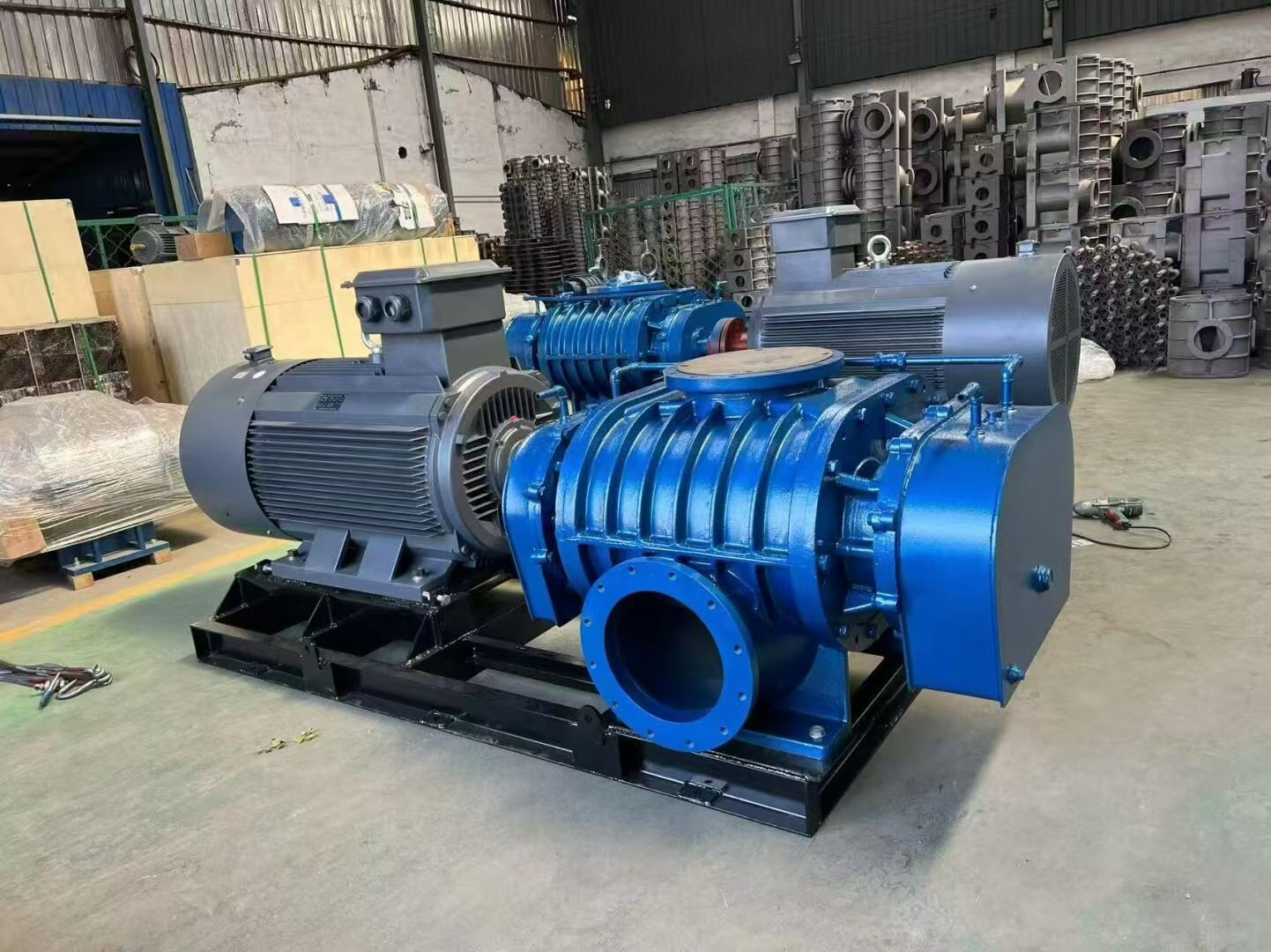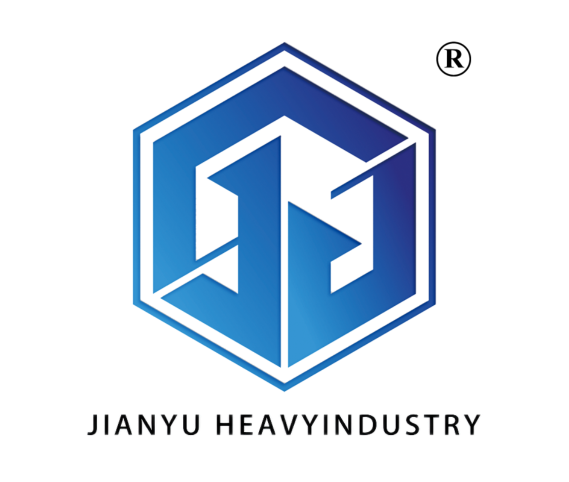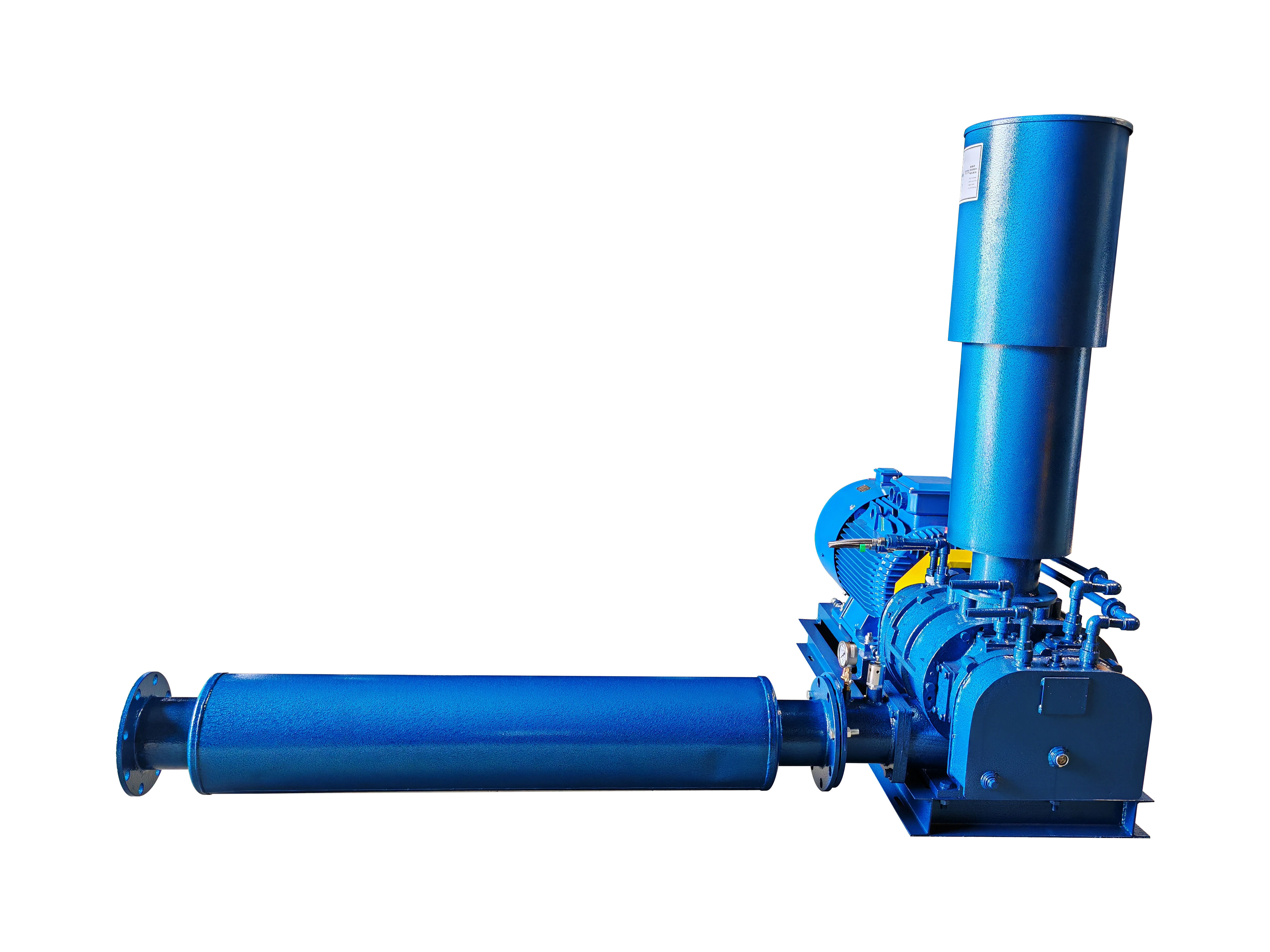Understanding the Revolutionary Technology Behind Magnetic Levitation Blowers
In the world of industrial air movement and compression systems, magnetic levitation blowers represent a groundbreaking advancement that's transforming how industries approach air handling. These innovative devices utilize magnetic fields to suspend rotating components in mid-air, eliminating the need for traditional mechanical bearings and lubricants. This fundamental difference sets them apart from conventional blower systems and opens up new possibilities for efficiency and reliability in various applications.
The technology behind magnetic levitation blowers draws inspiration from high-speed rail systems and advanced turbomachinery. By incorporating electromagnetic forces to achieve contactless operation, these blowers have revolutionized the approach to air compression and movement. The result is a system that operates with unprecedented efficiency, minimal maintenance requirements, and superior performance characteristics.

Core Components and Operating Principles
Magnetic Bearing System Architecture
The heart of magnetic levitation blowers lies in their sophisticated bearing system. Unlike traditional blowers that rely on mechanical bearings, these systems employ electromagnetic fields to maintain the rotor's position. Active magnetic bearings use precise sensors and control systems to continuously adjust the magnetic forces, ensuring optimal rotor positioning during operation. This advanced control system responds to changes in load and speed within milliseconds, maintaining stable operation across various conditions.
The magnetic bearing assembly consists of multiple electromagnets positioned around the shaft, working in concert to provide both lifting force and stability. These components are managed by complex control algorithms that maintain the precise air gap between the rotor and stator, essential for efficient operation.
Advanced Control Systems Integration
Modern magnetic levitation blowers incorporate sophisticated control systems that monitor and adjust operation in real-time. These systems process data from multiple sensors, including position sensors, temperature monitors, and vibration detectors. The integration of these control elements ensures optimal performance while preventing potential issues before they can impact operation.
The control architecture also enables features like soft start capabilities, automatic surge protection, and precise speed control. These advantages make magnetic levitation blowers particularly suitable for applications requiring precise airflow management and energy efficiency.
Performance Advantages and Efficiency Gains
Energy Consumption Optimization
Magnetic levitation blowers demonstrate remarkable energy efficiency improvements compared to traditional systems. The elimination of mechanical friction results in significantly reduced power losses, translating to lower energy consumption. Studies have shown that these systems can achieve energy savings of up to 30% compared to conventional blower technologies.
The ability to operate at higher speeds without the limitations of mechanical bearings also contributes to improved efficiency. These blowers can maintain optimal performance across a wider operating range, ensuring energy-efficient operation even under varying load conditions.
Maintenance and Reliability Benefits
The contactless operation of magnetic levitation blowers eliminates wear-related maintenance requirements associated with traditional bearing systems. This design feature results in extended service intervals and reduced maintenance costs. The absence of lubrication systems further simplifies maintenance procedures and eliminates the need for oil management.
These systems also demonstrate superior reliability due to their reduced component wear and sophisticated monitoring capabilities. The elimination of mechanical contact points significantly reduces the potential for failure, leading to improved uptime and reduced maintenance expenses over the system's lifetime.
Environmental and Operational Impact
Sustainable Operations
Magnetic levitation blowers contribute significantly to environmental sustainability goals. The elimination of lubricants removes the risk of oil contamination and reduces waste generation. Additionally, their higher energy efficiency results in a smaller carbon footprint compared to traditional blower systems.
The reduced maintenance requirements also translate to fewer replacement parts and less waste over the system's lifetime. This aspect aligns well with modern industrial sustainability initiatives and environmental regulations.
Noise and Vibration Reduction
One of the most noticeable advantages of magnetic levitation blowers is their quieter operation. The absence of mechanical contact eliminates many sources of noise and vibration common in traditional blowers. This characteristic makes them particularly suitable for noise-sensitive environments and applications where vibration control is critical.
The reduced vibration levels also contribute to extended equipment life and improved reliability of surrounding systems. This benefit can lead to significant cost savings in facility design and maintenance.
Application Versatility and Industry Impact
Expanding Application Possibilities
Magnetic levitation blowers find applications across diverse industries, from wastewater treatment to manufacturing processes. Their ability to provide precise airflow control makes them ideal for sensitive applications in pharmaceutical manufacturing, clean rooms, and food processing facilities.
The technology's adaptability has led to its adoption in emerging industries, including renewable energy systems and advanced manufacturing processes. As industries continue to evolve, magnetic levitation blowers are positioned to meet increasingly demanding performance requirements.
Future Technology Developments
The field of magnetic levitation blowers continues to advance with ongoing research and development. Emerging technologies in materials science and control systems are enabling even more efficient and capable systems. Future developments may include enhanced power density, improved control algorithms, and integration with smart factory systems.
Industry experts anticipate further improvements in energy efficiency and operational capabilities as the technology matures. These advancements will likely expand the application range and benefits of magnetic levitation blowers across various industries.
Frequently Asked Questions
What is the typical lifespan of a magnetic levitation blower?
Magnetic levitation blowers typically have a longer operational lifespan compared to traditional blowers, often exceeding 20 years with proper maintenance. The absence of mechanical wear components significantly contributes to their extended service life.
How do magnetic levitation blowers handle power interruptions?
These systems are equipped with sophisticated safety features and backup power systems that ensure safe deceleration and protection of components during power interruptions. Many models include auxiliary bearing systems that engage only during emergency situations.
Can magnetic levitation blowers operate in extreme environments?
Modern magnetic levitation blowers are designed to operate effectively across a wide range of environmental conditions. They can handle temperature variations and maintain performance in demanding industrial environments, though specific operating limits vary by manufacturer and model.

